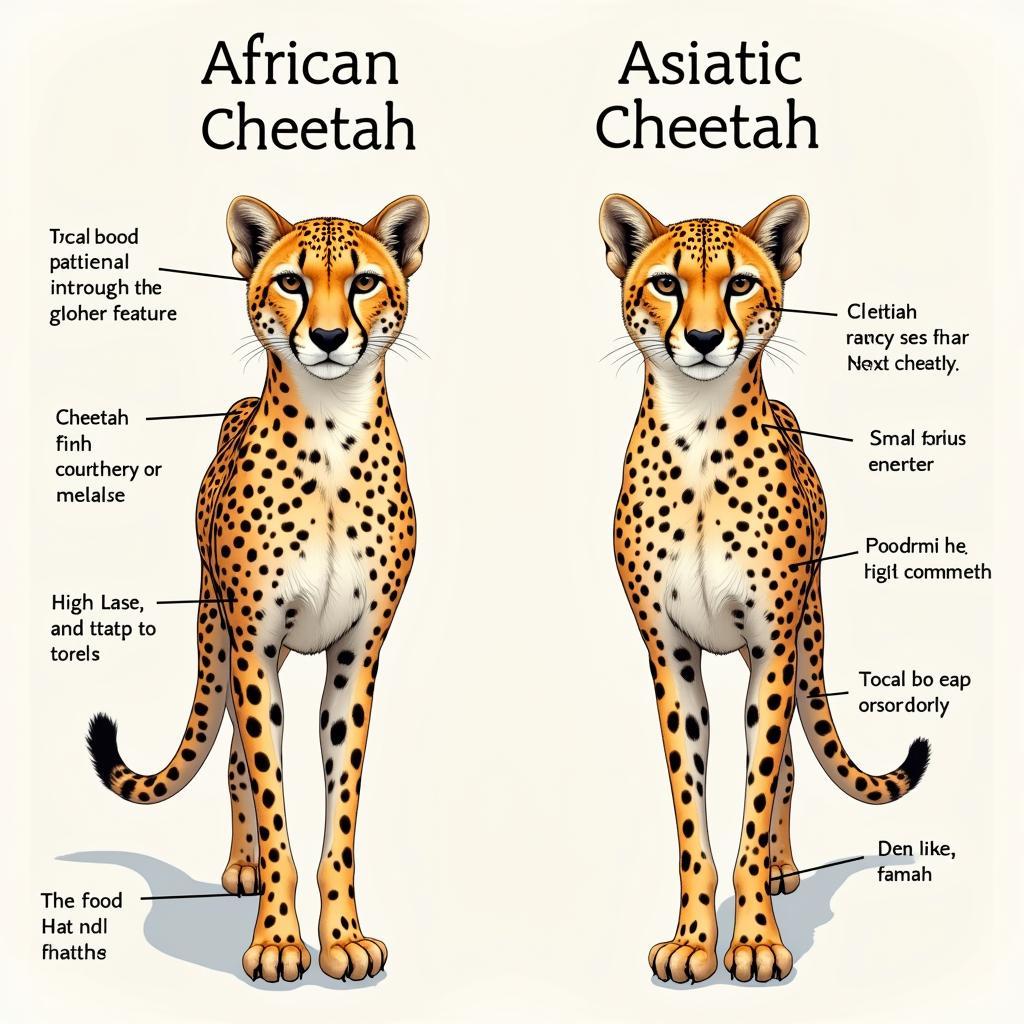Unraveling the Myth: Are There African Languages Derived from Tamil?
The question of whether any African languages are derived from Tamil is a fascinating one, sparking curiosity about potential historical connections between these geographically distant regions. While some theories suggest influences, concrete linguistic evidence supporting direct derivation is lacking. Let’s delve into this complex topic and explore the nuances of language evolution in Africa and the potential for cross-continental linguistic exchange.
Exploring the Linguistic Landscape of Africa
Africa boasts incredible linguistic diversity, with an estimated 2,000 distinct languages grouped into four major families: Afro-Asiatic, Niger-Congo, Nilo-Saharan, and Khoisan. Each family encompasses numerous branches and sub-families, reflecting the continent’s rich history of migration, cultural exchange, and language development. Understanding this complex linguistic tapestry is crucial when exploring potential influences from external sources like Tamil.
The Afro-Asiatic family, for example, spans North Africa and parts of the Middle East, including languages like Arabic, Berber, and Somali. The Niger-Congo family, the largest language family in Africa, dominates Sub-Saharan Africa, with prominent languages like Swahili, Zulu, and Yoruba. The Nilo-Saharan languages are spoken across Central and East Africa, while the Khoisan languages, known for their unique click consonants, are primarily found in Southern Africa.
Tamil: A Dravidian Language of South Asia
Tamil, a Dravidian language primarily spoken in South India, Sri Lanka, and parts of Southeast Asia, has a rich literary tradition dating back centuries. While geographically distant from Africa, some theories propose ancient maritime trade routes could have facilitated cultural and linguistic exchange. However, establishing a direct link between Tamil and any African language requires rigorous linguistic analysis and evidence beyond mere speculation.
The Search for Connections: Examining the Evidence of African Language Derived from Tamil
While anecdotal evidence and superficial similarities might fuel speculation about Tamil influence on African languages, rigorous linguistic analysis has not substantiated these claims. Researchers examine various aspects of language, including phonetics, phonology, morphology, syntax, and lexicon, to establish genetic relationships or borrowing. To date, no conclusive evidence supports a direct derivation of any African language from Tamil.
One common approach is comparative linguistics, which involves systematically comparing the sound systems, grammatical structures, and vocabularies of different languages to identify potential cognates – words with a shared ancestry. While some isolated lexical items might show similarities, these are often attributed to chance resemblance or borrowing through indirect contact, rather than direct genetic relationship.
Are there any similarities between Tamil and African languages?
While a direct genetic link remains unsubstantiated, exploring potential similarities between Tamil and African languages can be insightful. For instance, some researchers have noted similarities in certain grammatical features or vocabulary items. However, these similarities can often be explained by universal linguistic tendencies or borrowing through intermediary languages, rather than direct derivation.
Focusing on Cultural Exchange and Influence
While linguistic evidence supporting direct derivation is lacking, the possibility of cultural exchange and influence between South Asia and Africa through ancient trade routes remains a compelling area of study. Such exchanges could have resulted in the adoption of certain cultural practices, technologies, or even isolated loanwords.
“Exploring potential cultural exchanges between Africa and South Asia is crucial for understanding the complex history of these regions,” notes Dr. Abeni Adebayo, a renowned linguist specializing in African languages. “While linguistic evidence for direct derivation is limited, we must remain open to exploring other forms of influence.”
Conclusion: A Continued Exploration of African Linguistic History
While the notion of African languages being derived from Tamil is intriguing, current linguistic evidence doesn’t support this claim. However, the exploration of potential historical connections and cultural exchange between these regions continues to be a fascinating area of research. Understanding the diverse linguistic landscape of Africa requires a nuanced approach, acknowledging the complexities of language evolution and the potential for cross-cultural influence.
FAQ
- What are the major language families in Africa?
- What is the Dravidian language family?
- How do linguists determine language relationships?
- What is comparative linguistics?
- What is a cognate?
- What evidence is there for cultural exchange between Africa and South Asia?
- What are some examples of loanwords?
Need further assistance? Contact us 24/7: Phone: +255768904061, Email: kaka.mag@gmail.com, Address: Mbarali DC Mawindi, Kangaga, Tanzania.



